BIKES YOU’VE NEVER SEEN BEFORE: THE PUKI MOTOR CZ
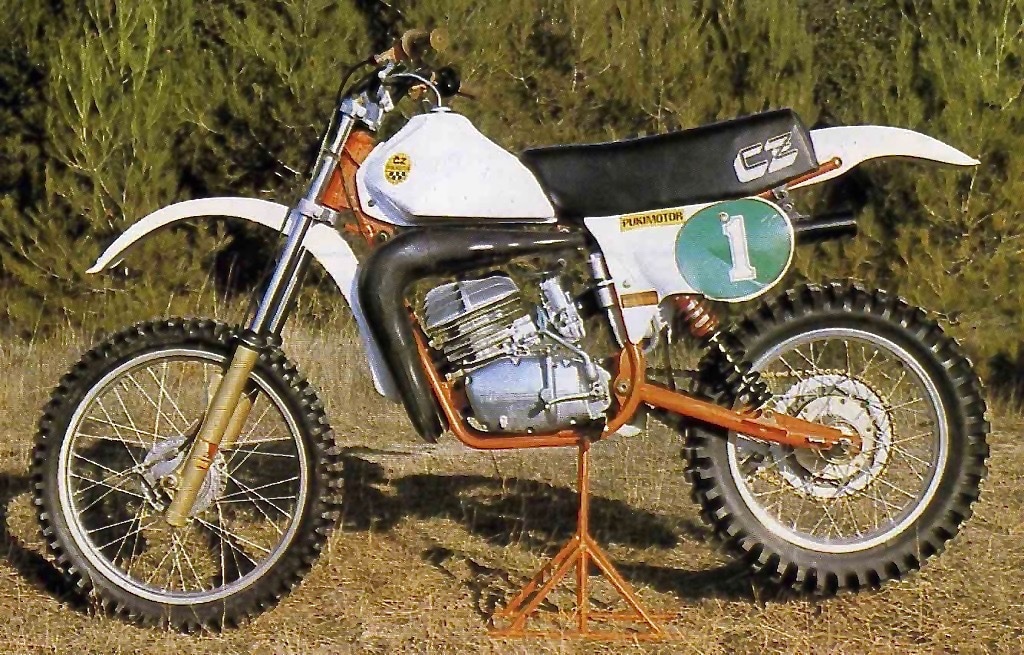 Pukimotor built bikes in the late 1970s and 1980s that featured CZ 250 and 380 engines in Italian-built frames.
Pukimotor built bikes in the late 1970s and 1980s that featured CZ 250 and 380 engines in Italian-built frames.
As the Czechoslovakia firm CZ began to lose momentum against the rapid pace of change brought on by the Japanese manufacturers, so, it’s loyal racers and dealers tried their best to keep pace with the Japanese manufacturers. The most common method of staying in touch with the CZ past was to stick CZ engines into more modern frames.
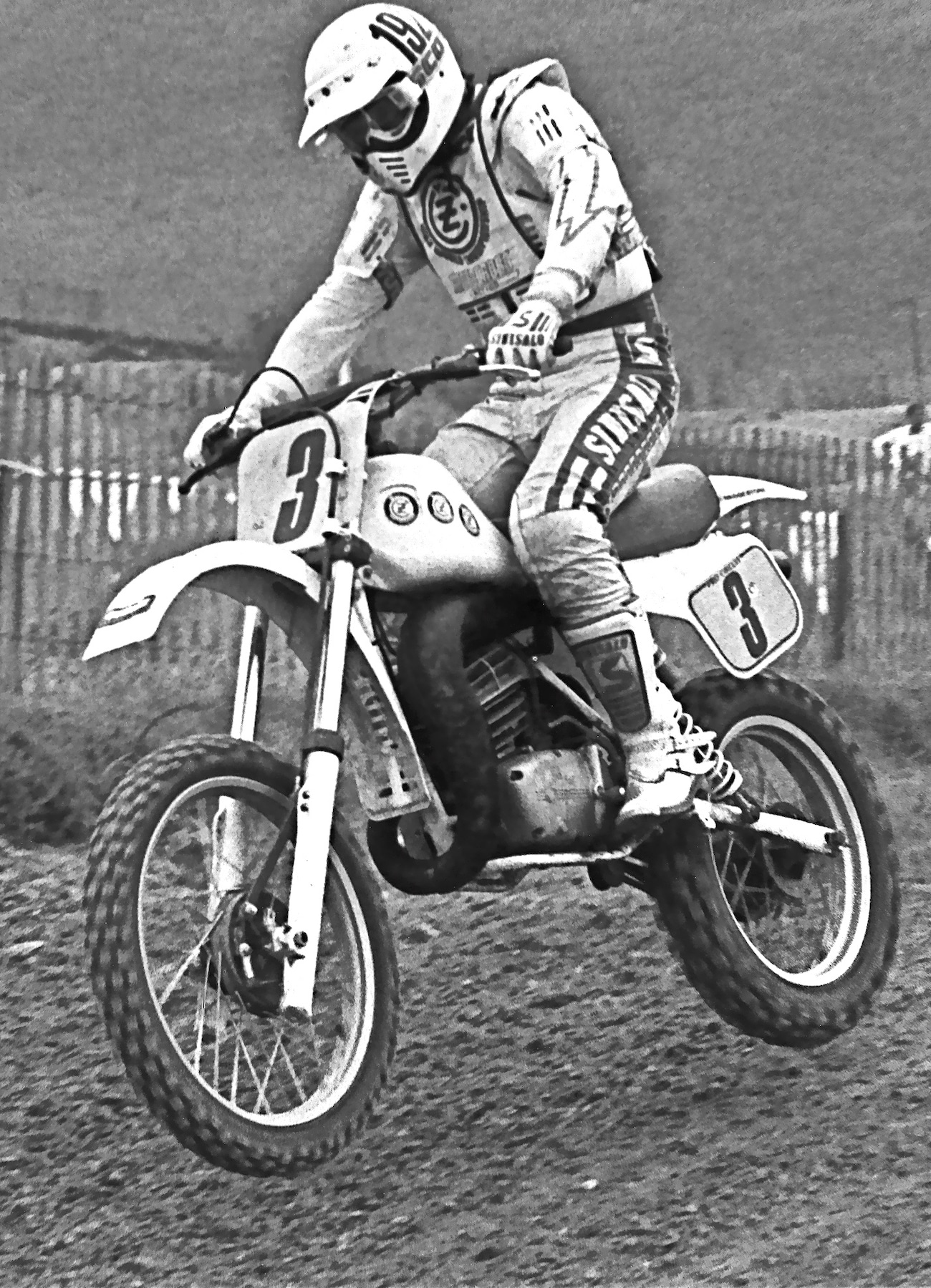
Jody Weisel racing at Saddleback Park on a custom-made Pro Circuit Husqvarna twin-shock frame with a CZ engine tucked inside .

Jody also had a CZ-powered Husqvarna that was modified into a single-shocker. He ran the CZ coffin tank instead of the Husky tank to make it look more authentic.
In the early ’80s it was discovered that a CZ engine would slip right into a twin-shock Husqvarna frame with only a few minor motor mount mods—this was the set-up that dominated the CZ World Championship for several years.

The Pukimotor frame with an updated CZ engine.
In Europe, Pukimotor, a CZ dealer in Italy, built the vast majority of their CZ powered bikes from the ground up, using only the CZ engine and hubs (and the engine was hopped-up by Puki with reed valves, Motoplat ignition, oil bath clutch and exhaust pipe). Pukimotor built everything else.
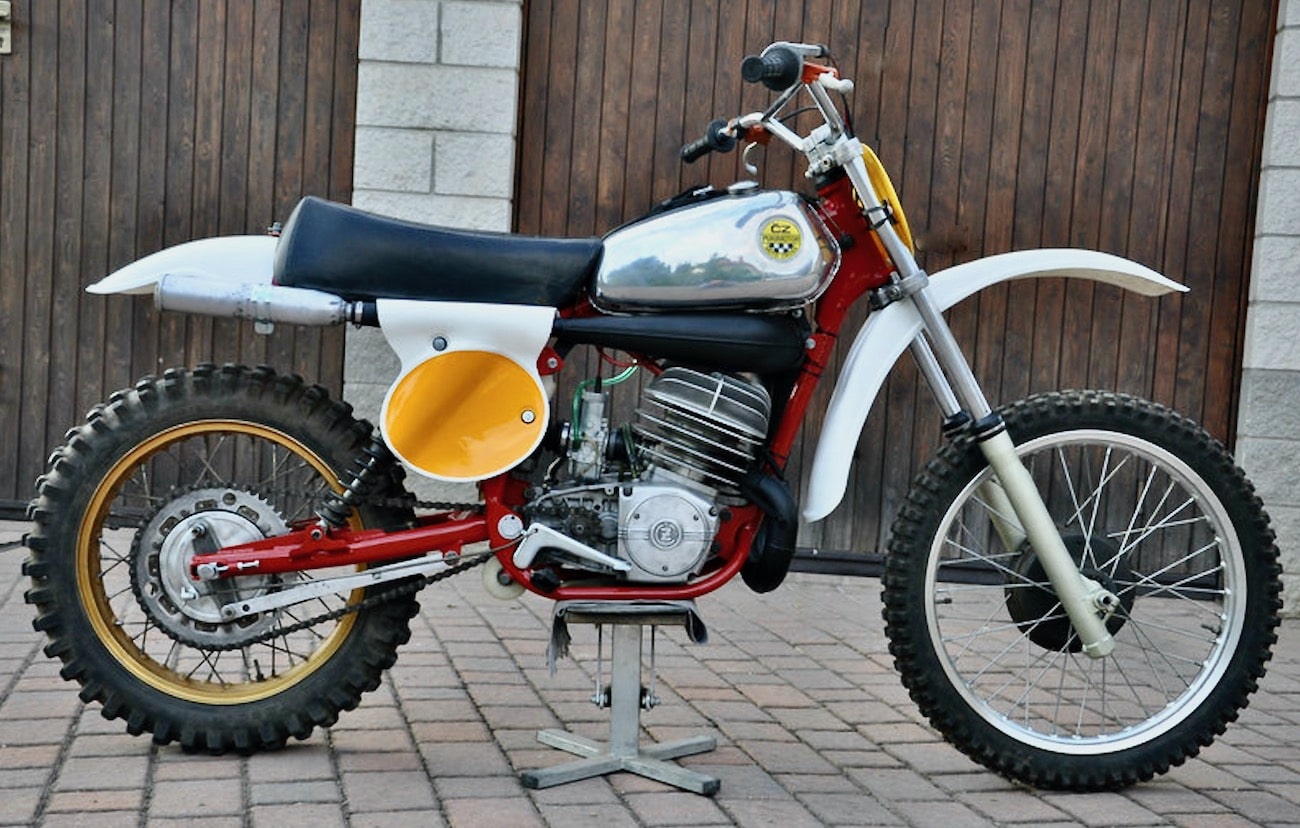 No two Pukis were the same as the small Italian builder built them one at the time and there was no high-tech production line.
No two Pukis were the same as the small Italian builder built them one at the time and there was no high-tech production line.
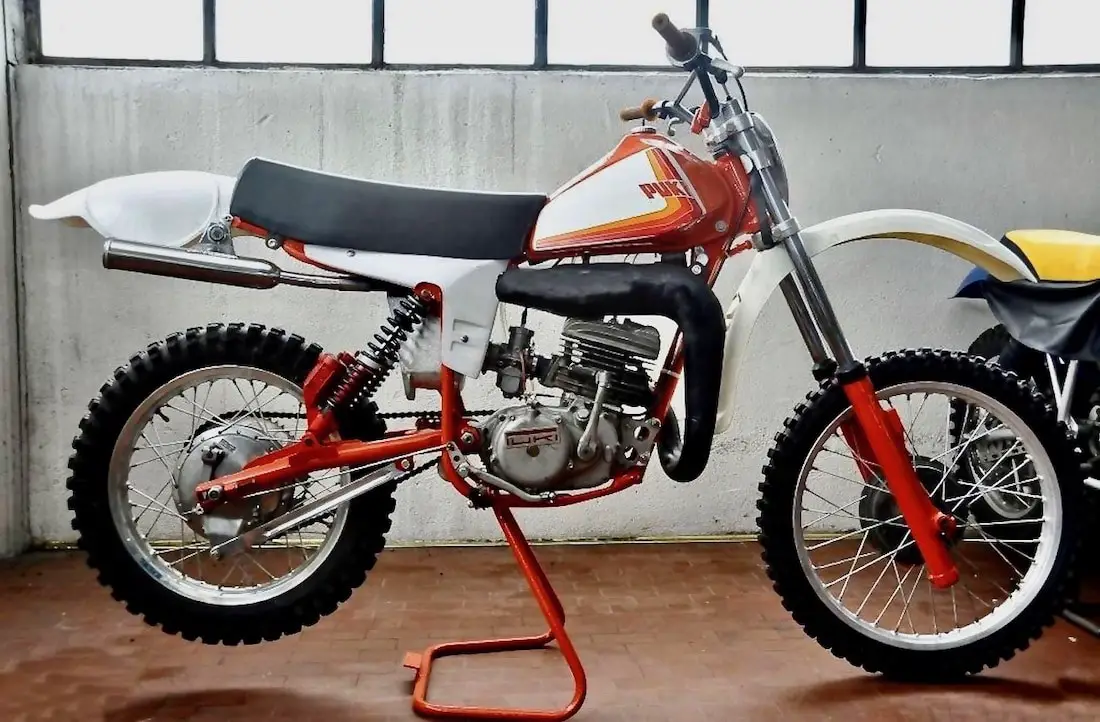
Number plate rear fenders were popular in 1980s because they cleaned up the sides of the frame.
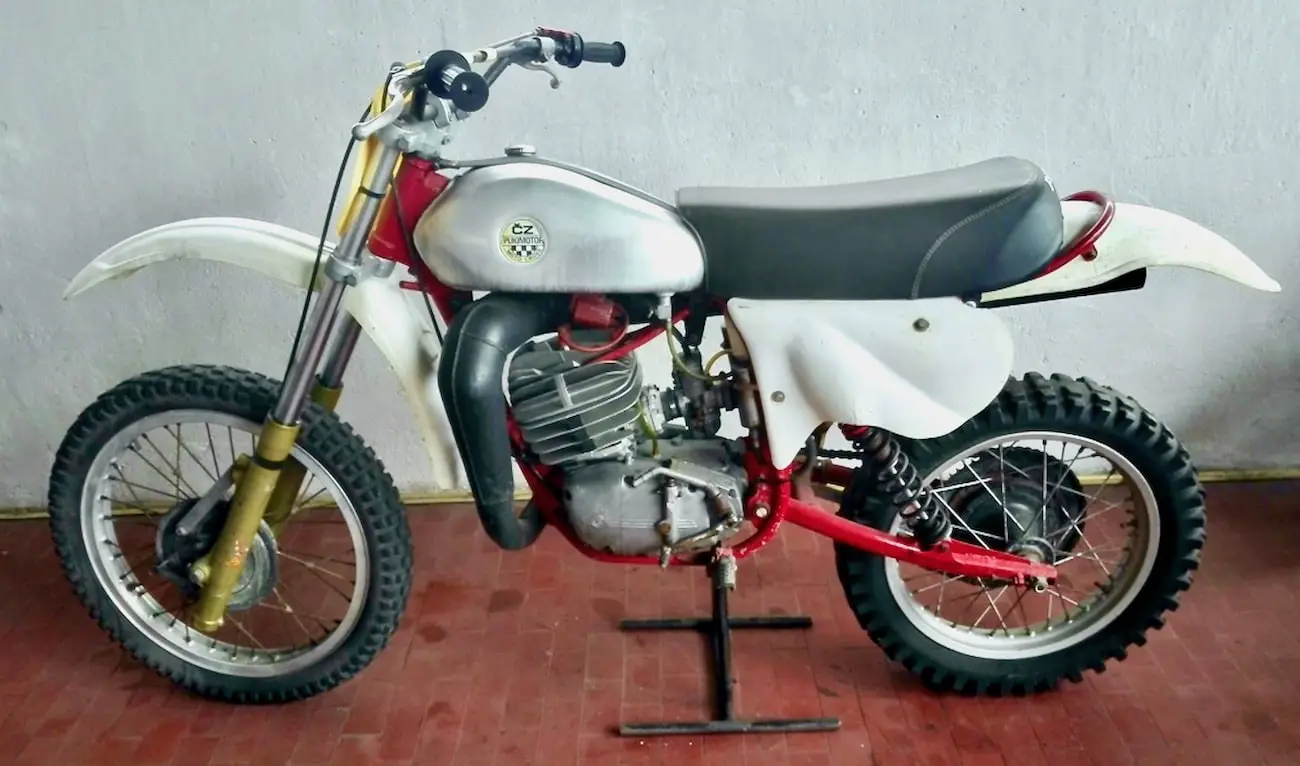
Note that each Puki on this page has a different gas tank, side number plates and seat. This early version even has a rear frame loop for the CZ-style rear fender.
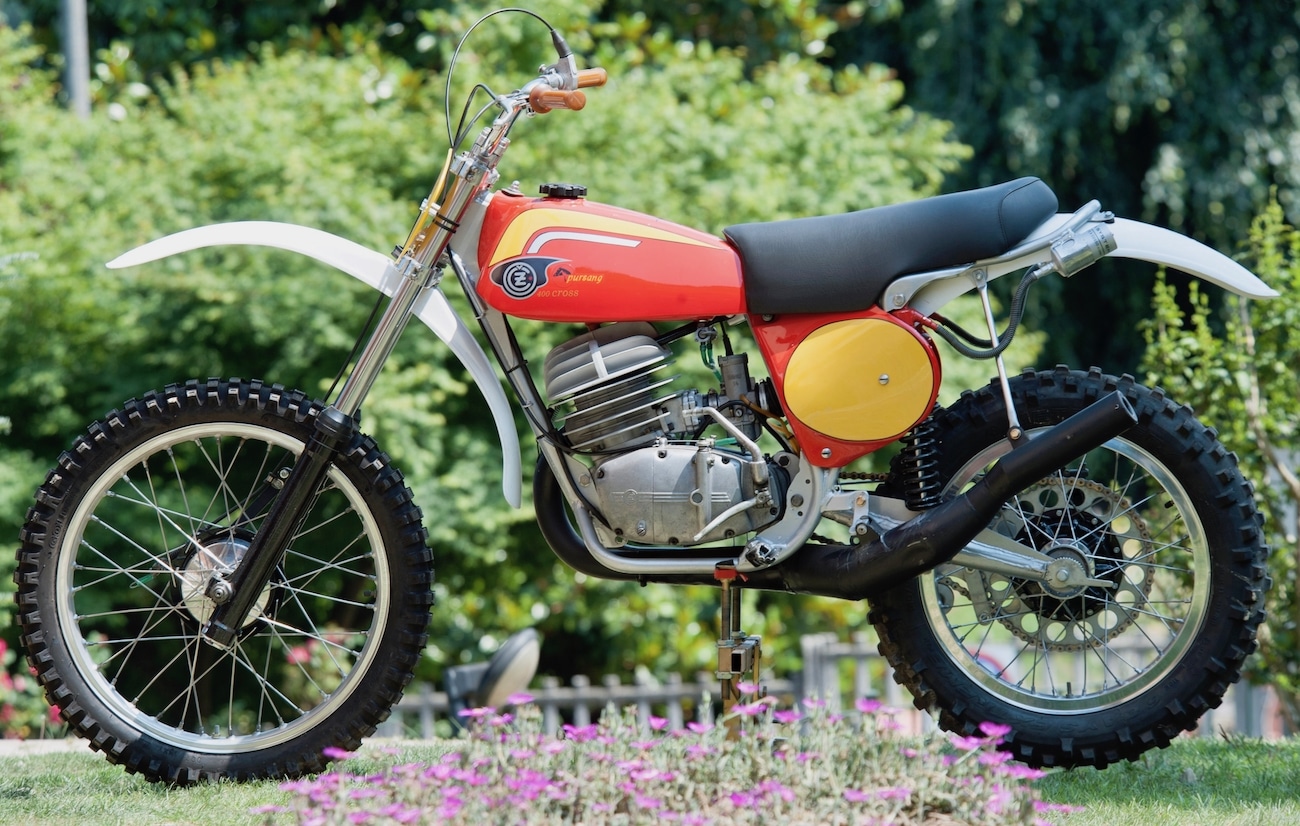
CZ engines were the ultimate cross platform engines for a wide range of CZ creations, all designed and built to keep the CZ name alive. This is a CZ engine in a Bultaco Pursang frame.
Obviously, the lifespan of the Pukimotor CZ was limited by the interest in CZ. It did enjoy much success by the early 1980s, but that finally tapered off. However, Pukimotor did transition into building bikes with KTM engines, but by then motocross technology had left Puki behind.
Photos Justyn Norek and the MXA Archives





Comments are closed.